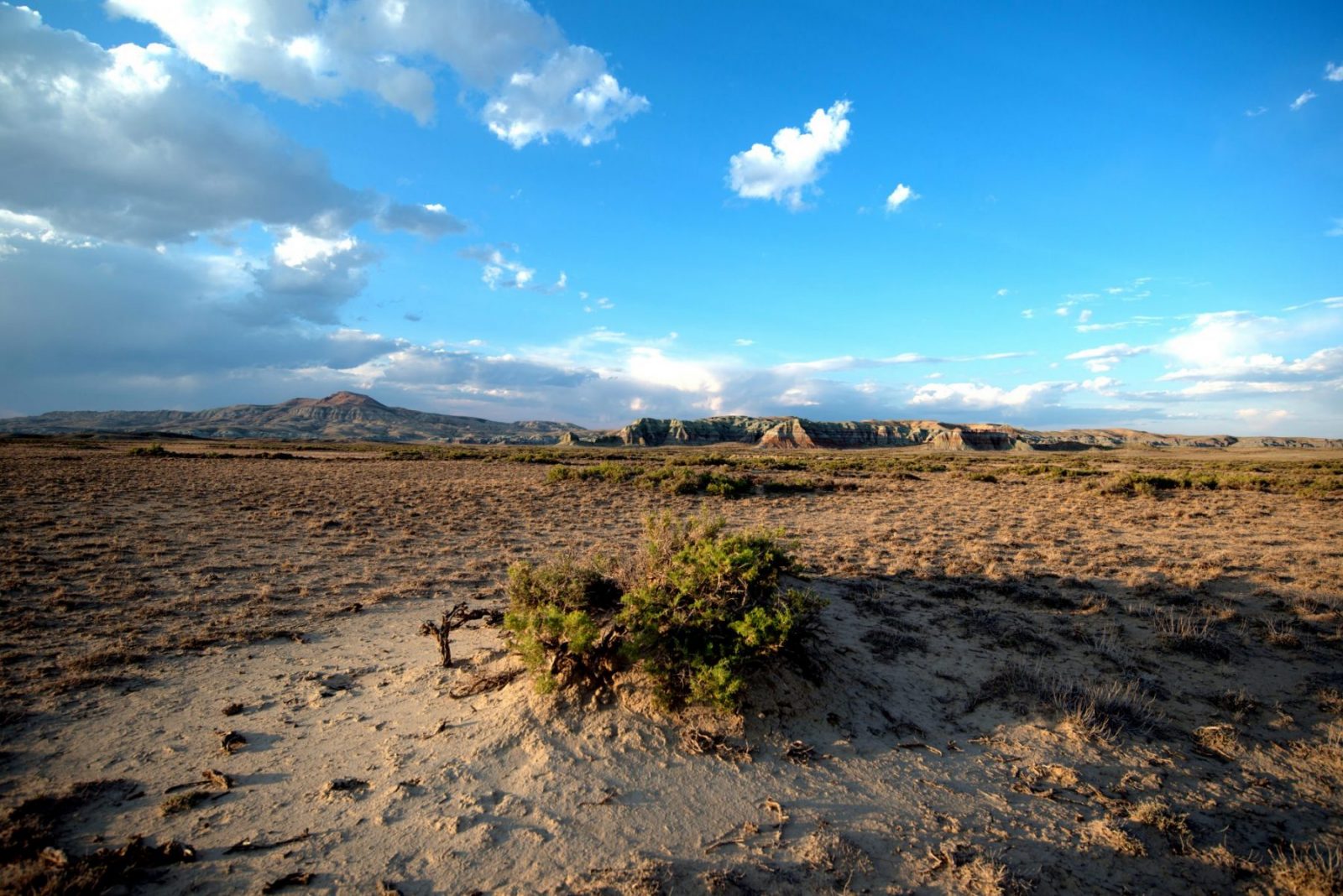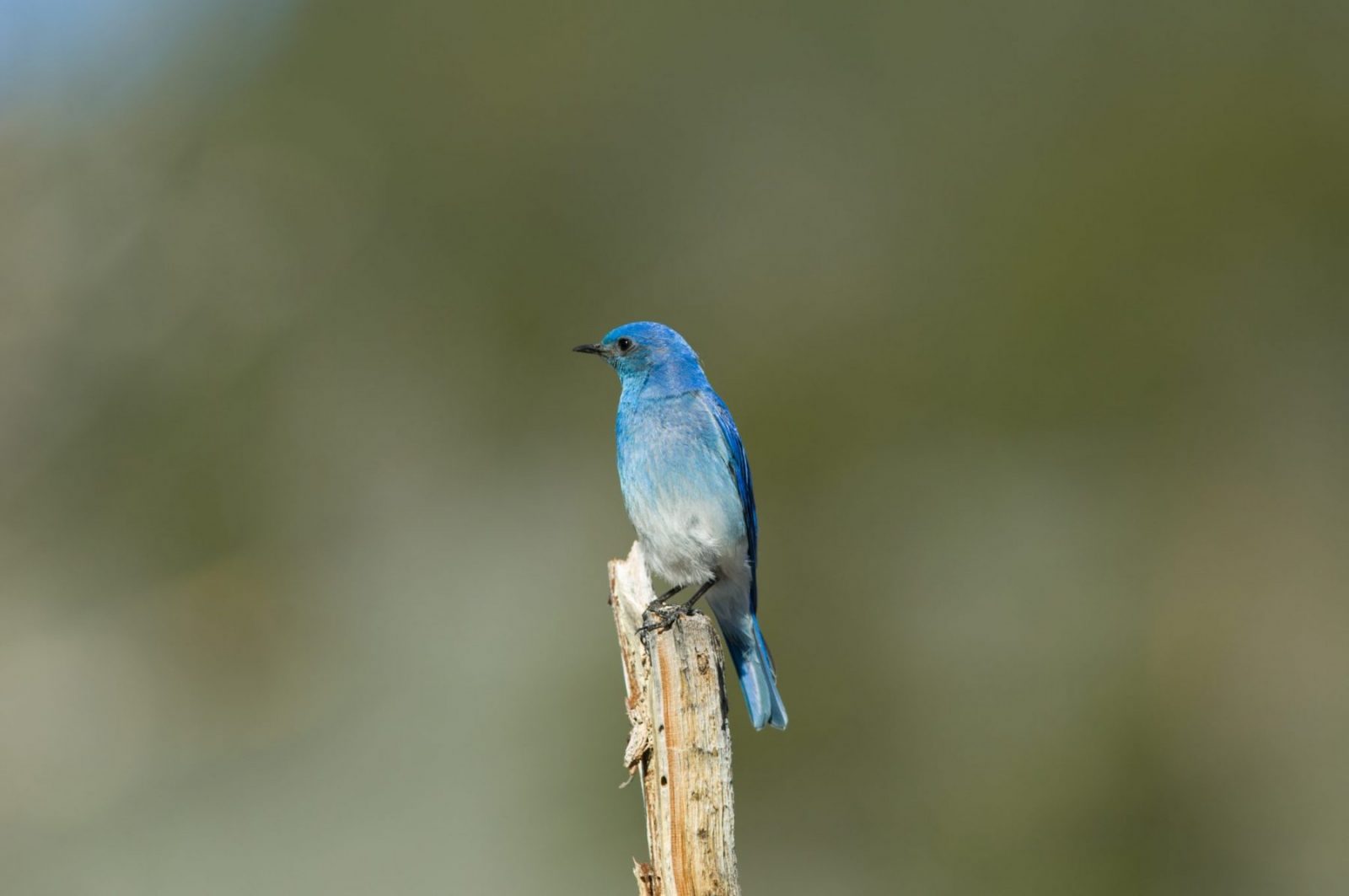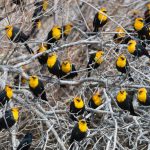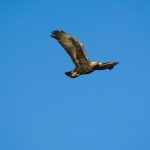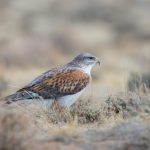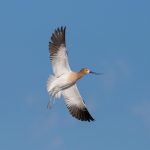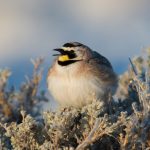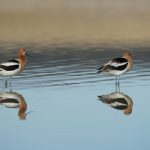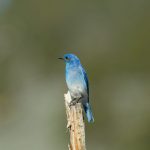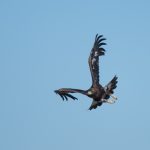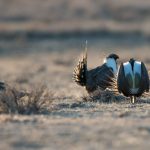[et_pb_section bb_built=”1″ admin_label=”section”][et_pb_row admin_label=”row”][et_pb_column type=”4_4″][et_pb_text admin_label=”Text” background_layout=”light” text_orientation=”left” use_border_color=”off” border_color=”#ffffff” border_style=”solid”]
I’d like to introduce myself: I’m RJ Pieper, and I recently joined the Wyoming Outdoor Council as a Public Lands Organizer in Rock Springs. I am a lifelong resident of Sweetwater County and grew up enjoying the open spaces that I am now proud to help the Outdoor Council protect. I previously worked for Tulsa Inspection, inspecting construction projects in Wyoming’s oil and gas industry before earning an associate’s degree in Geology in 2009 from Western Wyoming Community College. With a desire to stay in Wyoming, I pursued work as an operator in the facilities I had helped construct just a couple of years earlier—the Bridger Compressor Station in the South Jonah field for Enterprise and the Blacks Fork Gas Plant R6 Expansion for Questar near Granger. I assisted in the gathering, processing, and shipping of Wyoming’s natural gas and liquids, and I was a part of the crew that kept the gas flowing every day, facing the challenges and dangers that come with working on the ground in this industry.
After spending a decade working in the oil and gas industry, I witnessed a mad rush to drill as quickly and as densely as possible in many parts of the state, and I began to feel as if I was watching my home slowly be destroyed. I soon realized that I wanted and needed to help protect the wild places that I had grown up enjoying. Becoming a part of Wyoming Outdoor Council was the perfect fit for me.
In my role as Public Lands Organizer, I will be working to connect with, engage, and mobilize Sweetwater County residents and help prepare them to participate as the Bureau of Land Management creates a new land-use plan for public lands in the Rock Springs area.
We’ll especially be looking to protect three important landscapes: the Northern Red Desert’s Jack Morrow Hills area (where the Oregon Buttes and the historic trails are), the incredible Adobe Town area, and the hunter’s paradise known as Little Mountain. These are places that locals know and love and that nearly everyone would agree deserve protections. They are important hunting and outdoor recreation spots, and we believe they are the key to achieving balanced management within the Rock Springs land-use plan. Protecting these areas will conserve Wyoming wildlife, open spaces, and cultural heritage—all of which are a big part of our quality of life here.
I’ll be out talking to folks at public events throughout the summer and organizing events for members and prospective supporters who identify with our cause. I’ll also be working locally with elected officials and management agencies to ensure they keep conservation in mind as they plan and manage our lands. This is a crucial time for our public lands, and now more than ever they need our protection from all kinds of threats like overdevelopment, overuse, mismanagement, and privatization. As an American, each one of us owns 640 million acres of public land, and that’s definitely something I take pride in. If anything is worth protecting, this is it. I am excited to be working to be working with this fantastic team and on an issue that is so worthwhile to me and so many others.
[/et_pb_text][et_pb_button admin_label=”Button” button_text=”Say Hi to RJ!” button_url=”mailto:RJ@wyomingoutdoorcouncil.org” url_new_window=”on” button_alignment=”left” background_layout=”light” custom_button=”off” button_letter_spacing=”0″ button_use_icon=”default” button_icon_placement=”right” button_on_hover=”on” /][/et_pb_column][/et_pb_row][/et_pb_section]


